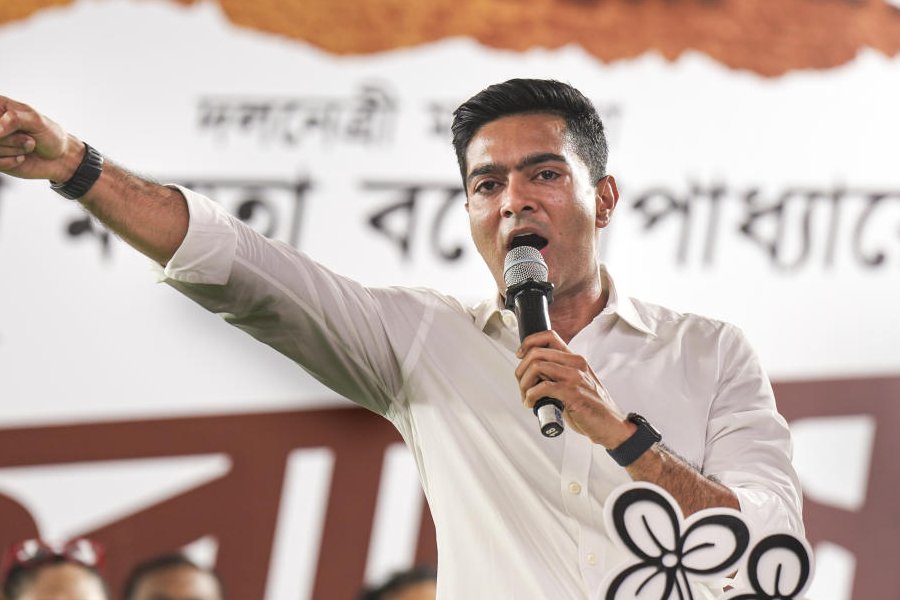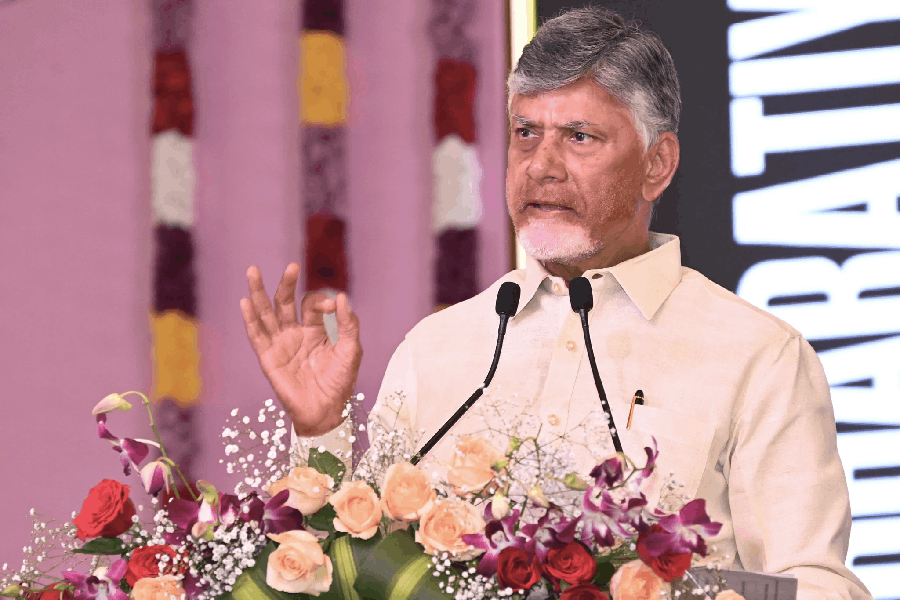On March 20, 2018, the human resource development ministry announced autonomy for 60 higher education institutions that are said to "have maintained high academic standards". This is in line with the current policy of granting autonomy to universities and colleges in the hope that this would help some of them get into the world-ranking lists where India has an insignificant presence. This is part of a larger discussion whether HEIs need more or less governance in a country like India. Even the smaller issue of choosing the G-60 HEIs is debatable.
First, the HRD ministry does not elaborate the parameters of selection of these 60 HEIs that include 52 universities/deemed universities and eight colleges. However, from the press note, one can guess that these are HEIs with 3.26 (or more) NAAC grade points. If this is the criteria, then at least four more HEIs with A+ or a higher grade should have been in the list. Among the colleges, it seems that one college with a NAAC 'B' grade, too, finds itself in the G-60.
This leads us to question the robustness of the NAAC grading. Should it be used for such far-reaching policy decisions? Ideally, since the National Assessment and Accreditation Council is the apex assessment body for HEIs in India, its grading should be acceptable. However, NAAC itself has abandoned its earlier methodology because of numerous complaints of arbitrary grading. In order to overcome this problem, NAAC has now adopted a more objective mechanism. Under such circumstances, should the HRD ministry have relied on the old grades of these HEIs?
Strange choice
In the absence of a better alternative, this might have been justifiable. But the HRD ministry had one other choice: the ranking done by its own National Institutional Ranking Framework, which is considered to be a more objective mechanism. We may never know why the HRD ministry chose the abandoned NAAC method over its own NIRF system.
If we were to consider 52 universities and eight colleges from the NIRF (2017) list, only 25 universities and not a single college of the G-60 would get selected. Even the geographical spread of top HEIs would change. In G-60, Maharashtra accounts for 13 (more than 1/5th) followed by Tamil Nadu (with 9). Interestingly, Kerala has none, West Bengal has one while its neighbour, Odisha, has four. This would look very different if the NIRF (2017) list is used — Tamil Nadu would lead (with 14) followed by Delhi (10), while Maharashtra would have five closely followed by West Bengal (with four).
Moreover, what would now happen to the Institutions of Eminence scheme? The G-60 list has appeared prior to the selection of the 20 IoEs where greater autonomy and a large public investment of Rs 20,000 crore are supposed to be allocated. News reports indicate that about 100 HEIs are in the race for IoE recognition. Since the list of applicants is not in the public domain yet, one can only speculate that many (if not all the G-60) are among the IoE applicants. Will the IoE process now be abandoned or is this the first short-list from which the IoEs will be selected? Only time will tell.
Curiously, the G-60 has excluded all non-autonomous colleges. In the NIRF (2017) top 100 colleges list, only 44 are autonomous while 56 are non-autonomous. Therefore, to give preference to only autonomous colleges does not seem like a logical move forward. In fact, if any unleashing of the creative potential at the undergraduate level needs to be achieved, it should be for the non-autonomous public-funded institutions segment. But they appear to have been kept out inexplicably.
The selection of the G-60 raises numerous questions on the wisdom of this process. What it conveniently sidesteps is the issue of the State's role in governance and funding of education in India.











